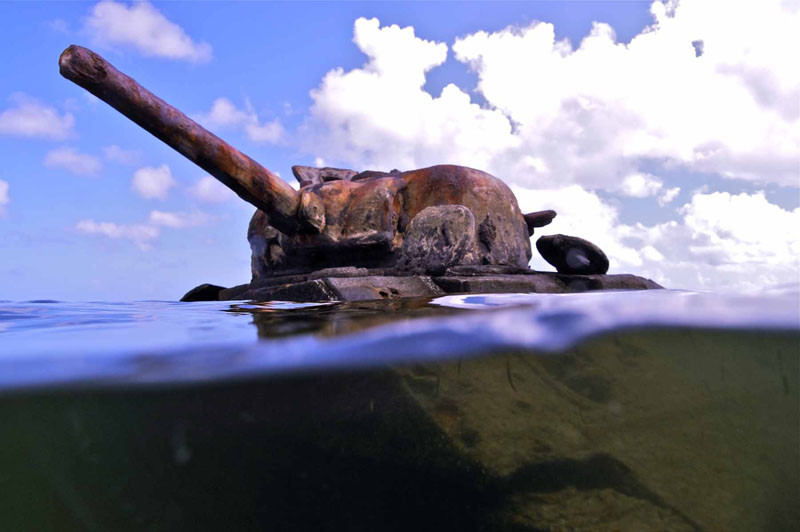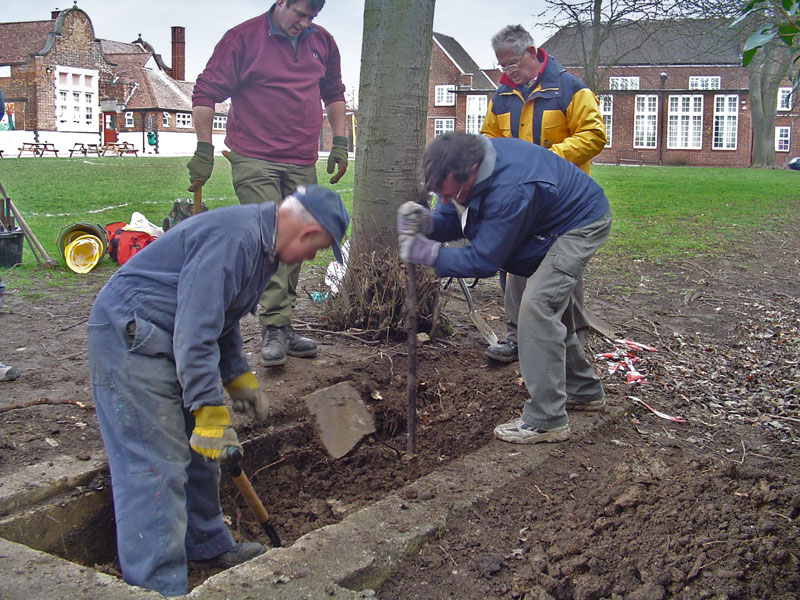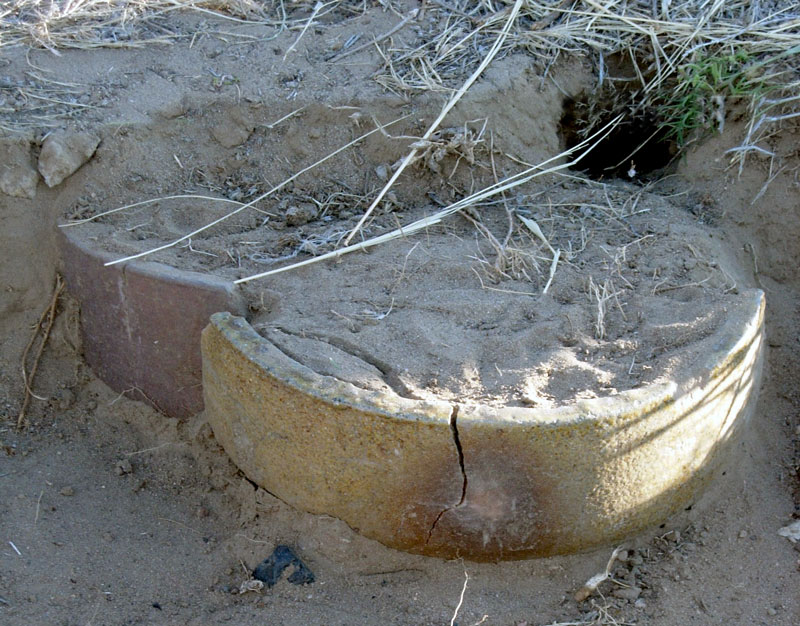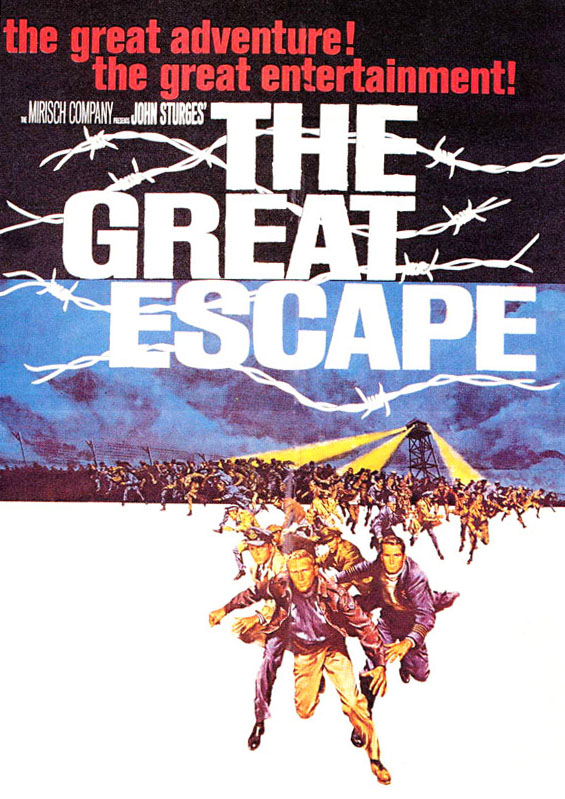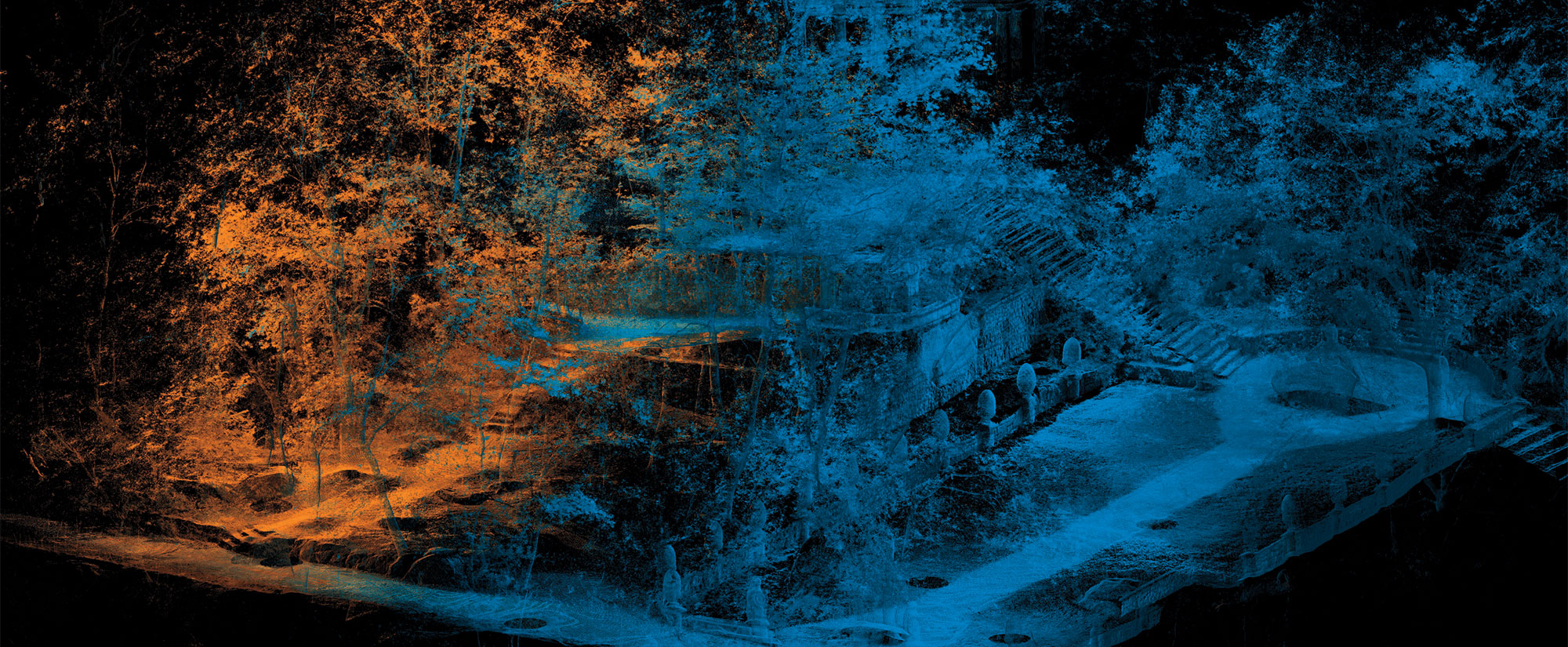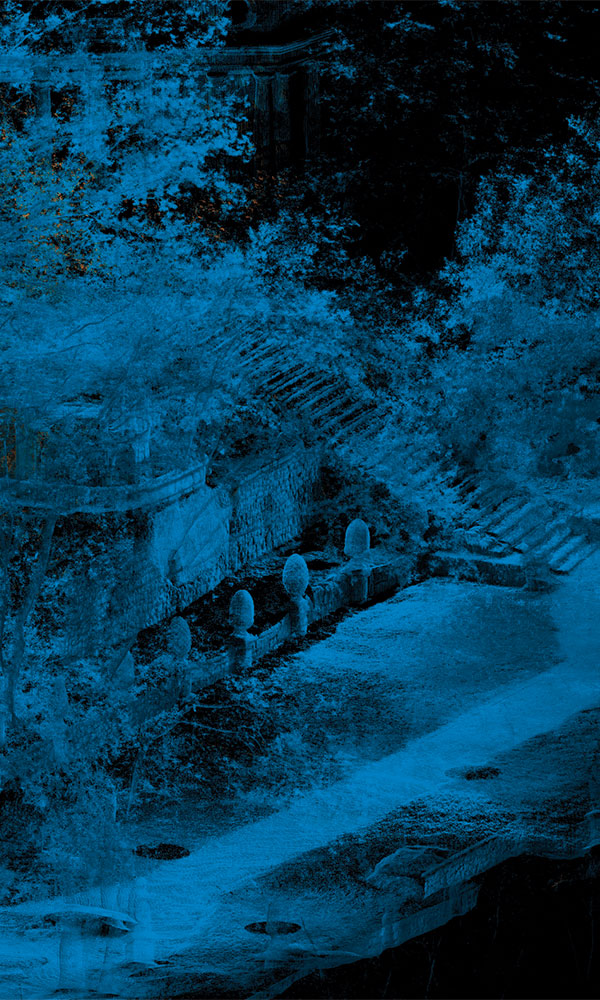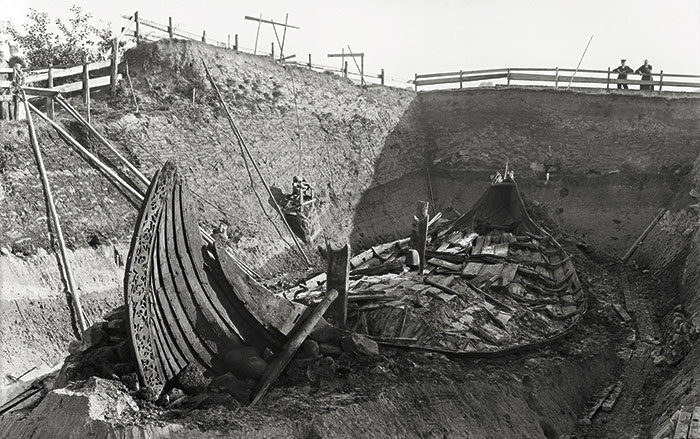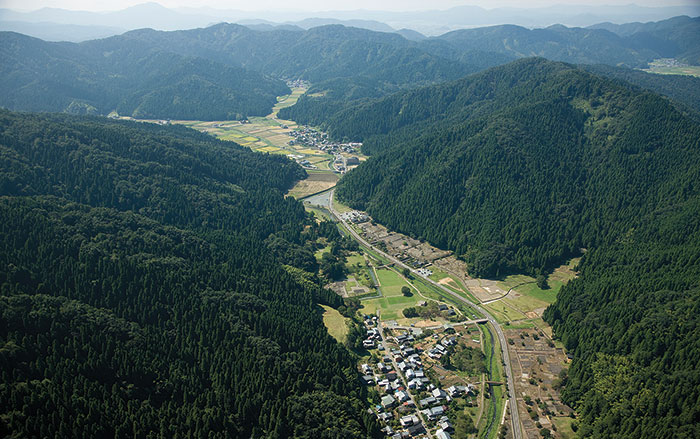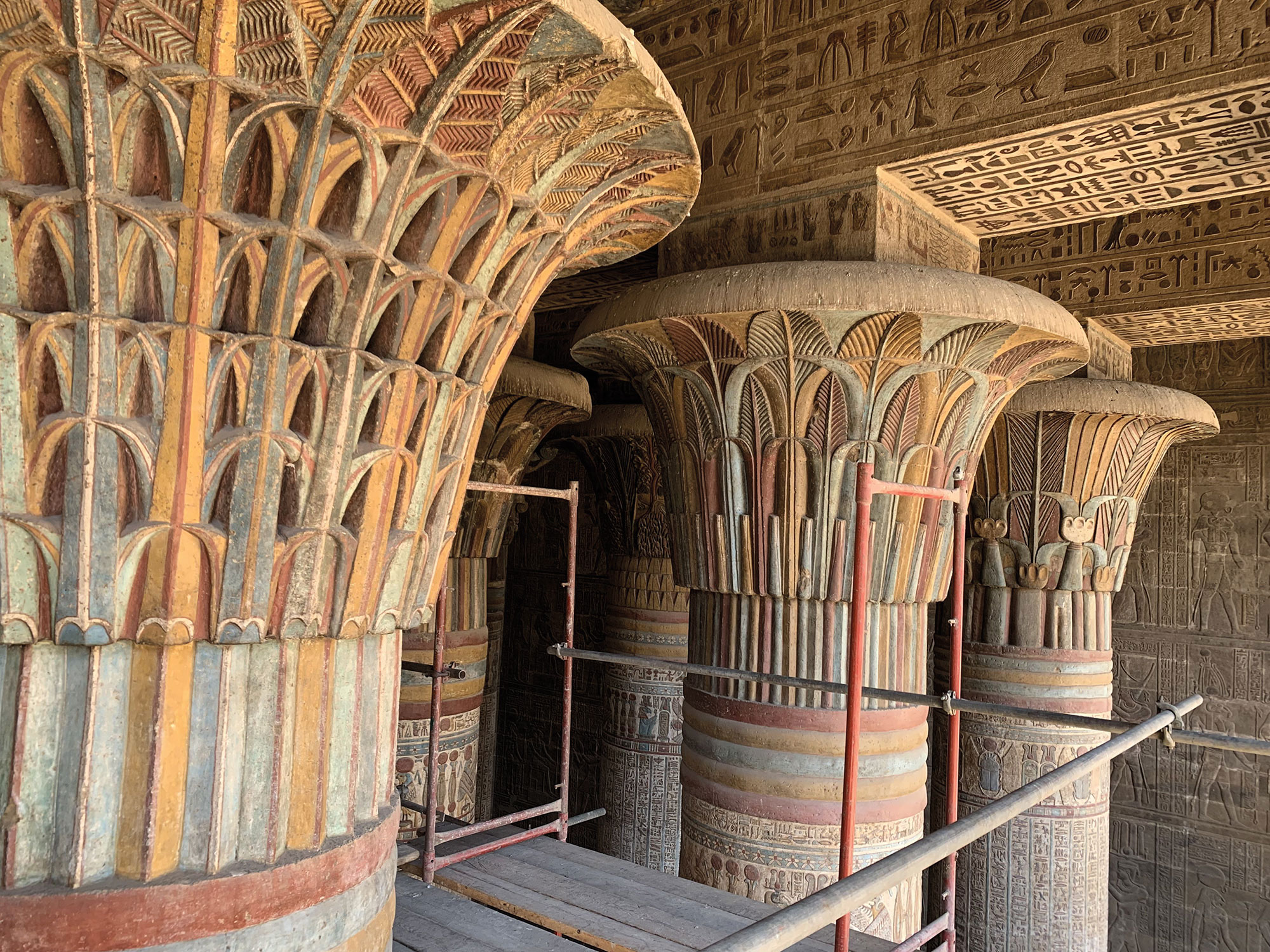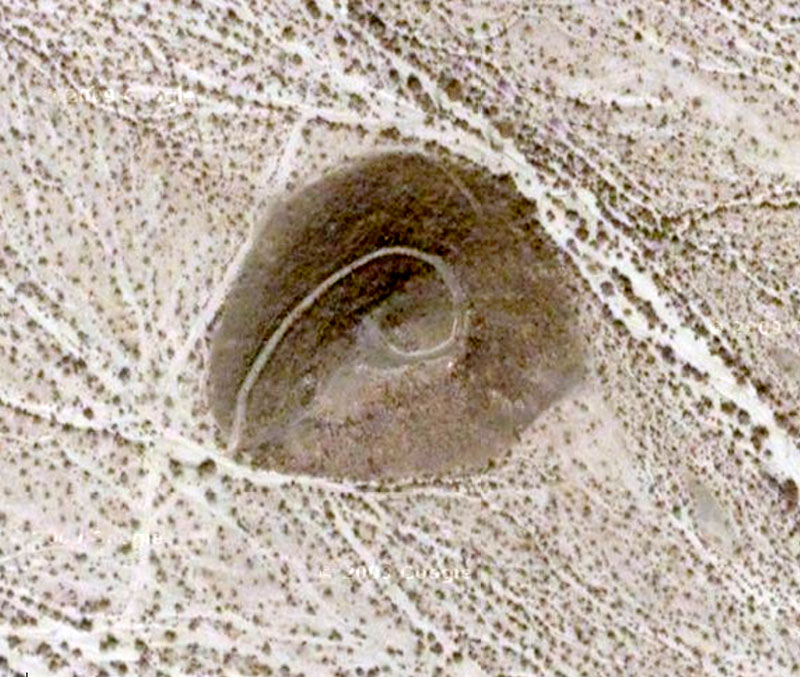
(Google Earth)
The Mojave Desert was once the largest training ground in the history of warfare. In 1942 and 1943, a million soldiers passed through the Desert Training Center (DTC), or California/Arizona Maneuver Area, 28,000 square miles where an inexperienced American military learned to operate in a harsh environment, and General Patton and other leaders refined strategies for taking on Field Marshal Rommel and his Panzers in North Africa. "We learned for the first time how to coordinate on a large scale and use armored units in broad maneuvers," says Matt Bischoff, a historian with California State Parks. Now that solar power companies are moving in, the desert is home to dozens of archaeological surveys, covering some 120,000 acres, according to Bureau of Land Management archaeologist George Kline. Among the finds are elaborate defensive structures, makeshift three-dimensional terrain maps, the remains of tent camps accommodating 15,000 men, and the hill from which Patton oversaw tank maneuvers (the "King's Throne"). There are loads of data to be parsed, but the work is already showing how the American military developed the tactics and fortitude to challenge the "Desert Fox." "It's a huge undertaking," says Bischoff, who is consulting on the project. "The challenge is putting it all together."


